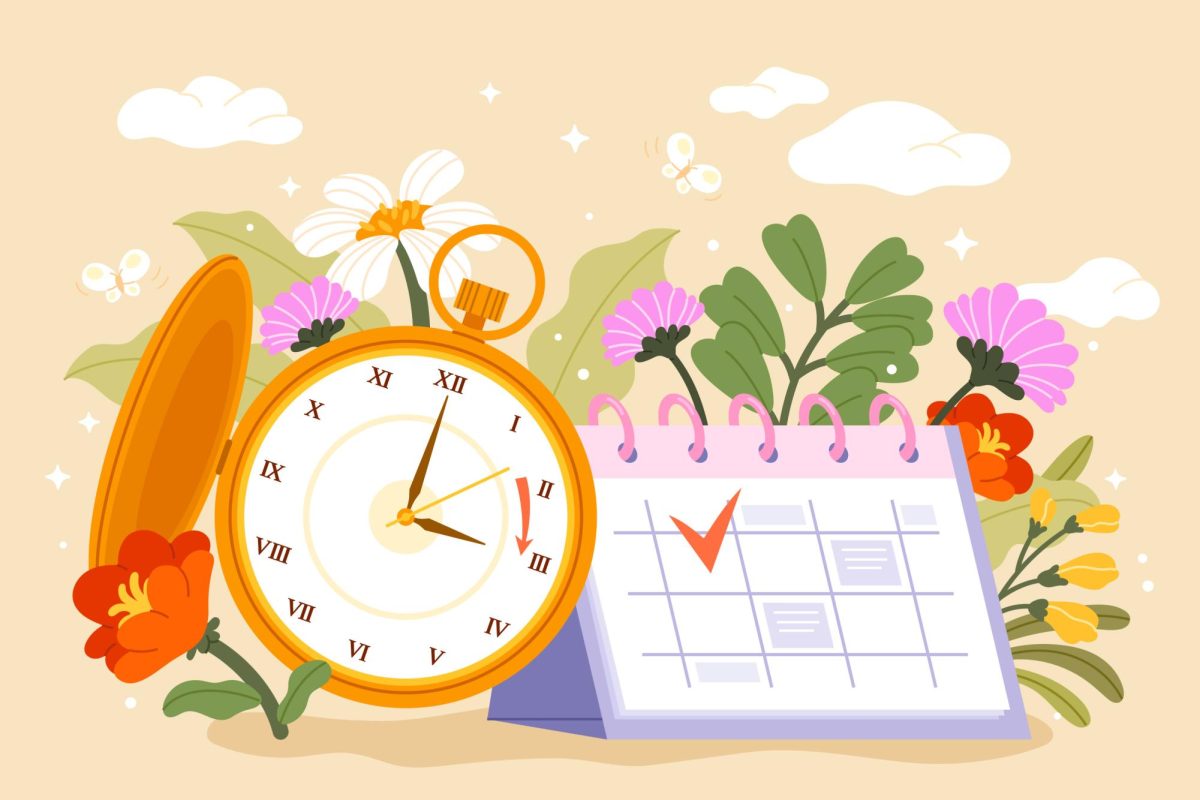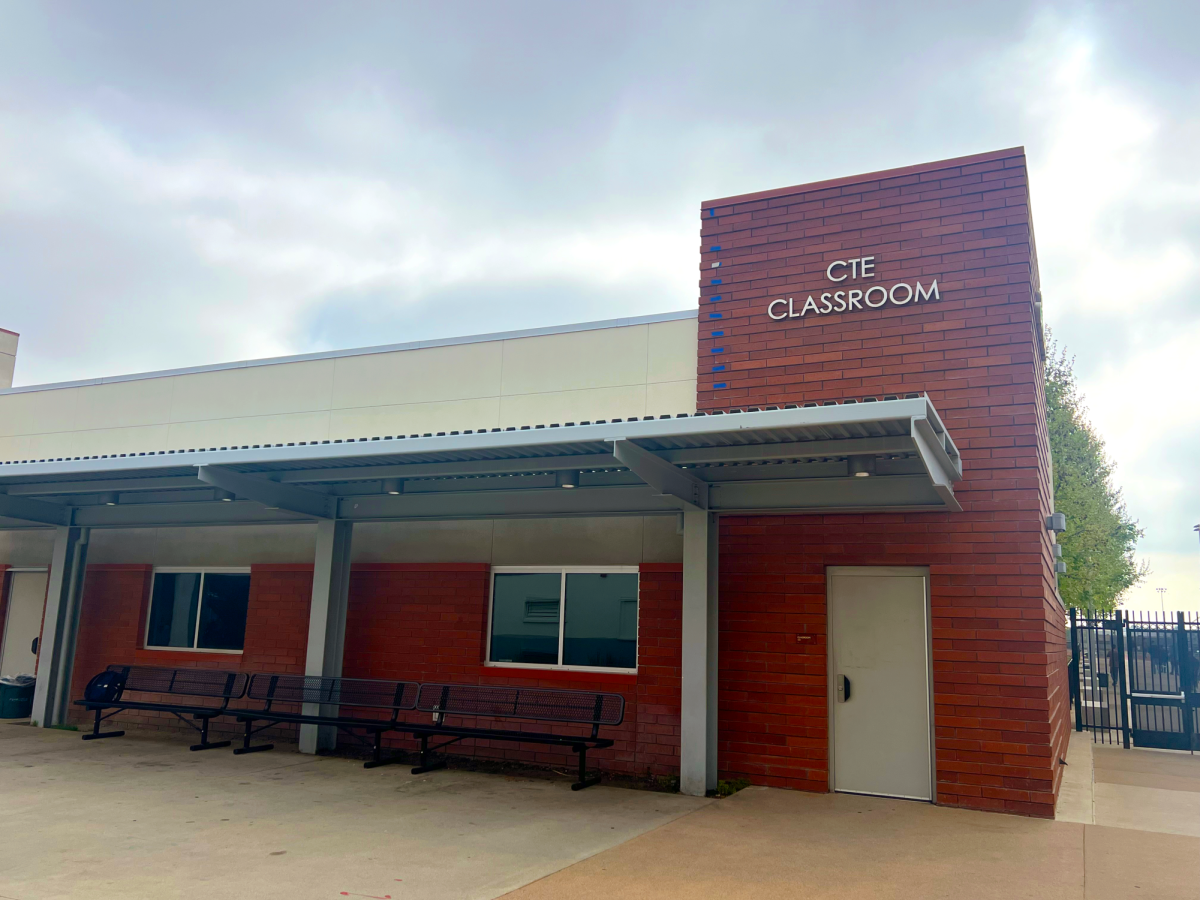A thousand words came to mind, but my mouth refused to move. As a newly-turned 6-year-old who’d ditched her booster seat a week ago, I could fully speak coherent sentences. But not now. Strapped in the backseat of the car looking out at Goodwill’s big blue bins, I couldn’t understand why my mom had thrown out my NatGeo books. With hot tears streaming down my face, I screamed, “No, NO! Mommy, not my magazines!” Pounding on the window, I yelled for the man in the bright yellow safety jacket to stop. As he plopped the last piece of my childhood into the bin with excruciating casualness, my frustration heightened. In mere seconds, part of me was into a slurry of other books that had been donated—-miscellaneous books that meant nothing to me, unlike NatGeo.
Earlier that day, Mom passed by me carrying a grocery box stacked with books. “C’mon, we’re going to Goodwill.” I looked at her blankly. I couldn’t remember the last time we’d been. Things started to get murky when she loaded up the trunk with my own NatGeo magazines pulled straight from my nightstand table (plus an assortment of my brother’s Diary Of The Wimpy Kid book series and some of her old Brooks running shoes). But minutes later, I started panicking. In a daze, I realized we had not, as I expected, pulled into the parking lot; instead, we’d swerved around the back of the store, and I was met with rows and rows of big blue bins. I saw a man wearing a highlighter safety jacket utter a few words to Mom. Why was his smile so deceivingly happy? The man opened our trunk and took out the books and magazines. Then I saw a bin overflowing with used books. Terror. The sunlight mockingly reflected back off them. They glared at me.
NatGeo was always my beacon of light. I spent hours examining its stunning photography and trained myself to recite its in-depth reporting from cover to cover. Sunday evenings were always spent curled up binge-watching NatGeo documentaries. I’d always dreamed of becoming a NatGeo explorer, diving in the benthic zone, trekking in Antarctica, or in the savannahs with the lions, perhaps even somewhere off a coast in Switzerland documenting the migration of red crabs. My magazines were gone, but I savored those fleeting moments—seeing those yellow borders one last time before they disappeared into the abyss of dark blue plastic. NatGeo always represented a universe of wonder and hope to me. They were a relic I cherished.
But last summer, that dying relic became a reality. I was reminded of how much NatGeo had shaped my childhood when on a morning walk, I stumbled upon the following headline: “End of an Era: The Real Reason Why National Geographic Is Shutting Down.” I was taken aback. I should’ve seen it coming. Over the years, I’d watched freshly rolled newspapers soaked in morning dew slowly disappear from my front lawn. Local bookstores I once called “home” closed down. My local Toys “R” Us, too, had been abandoned for years. All of this happened because of the changes in today’s technological landscape. With the swipe of a page and a touch of a finger, virtually everything can be found online. Media is no different.
Even though NatGeo might not be sold in newsstands anymore—the ones I can slowly examine and flip through, appreciating the smell of its fresh print—the memories that enraptured my younger self will stay with me for life. This past summer, I made my friends postcards using the remains of National Geographic magazines, and it instantly brought me back to the basin of stories these iconic yellow borders held. The sight of them reminded me of the first time my parents bought me a 6-piece book set of NatGeo wildlife for my 1st-grade self. My obsession with the double trifecta led to my following big-girl splurge on Little Kids First Big Book Of The World, and not surprisingly, Little Kids First Big Book Of Why—the only two things I could talk about for the following month. And when I was introduced to the internet—oh boy. My YouTube feed was filled with National Geographic documentaries—the perfectly-timed one-hour and thirty-minute ones of exploration galore.
NatGeo reminds me of journalism: the stories never end. Even though NatGeo is no longer being sold in newsstands, their subscriptions and stories will forever live on. It was always the stories that mattered. The stories hooked readers in, capturing the hearts of people around the world and close to home. My NatGeo magazines used to add a pop of color to my room—stacked up on my drawers, strewn across the floor, and most importantly, on my bookshelf sorted by how much I liked them. As the times are changing, some say NatGeo didn’t innovate enough. Others say they “failed to adapt.” But one thing will never change: my love for those good ol’ yellow borders. They’ll forever teem with life.
Graphic Courtesy of RACHEL LEE







